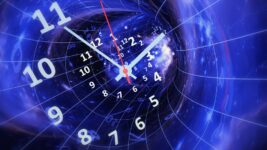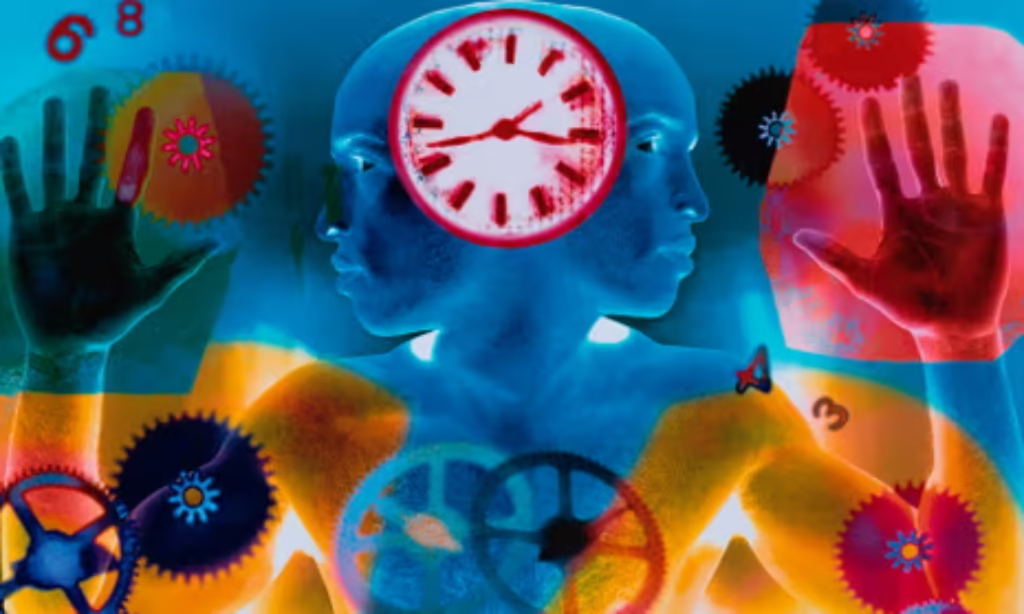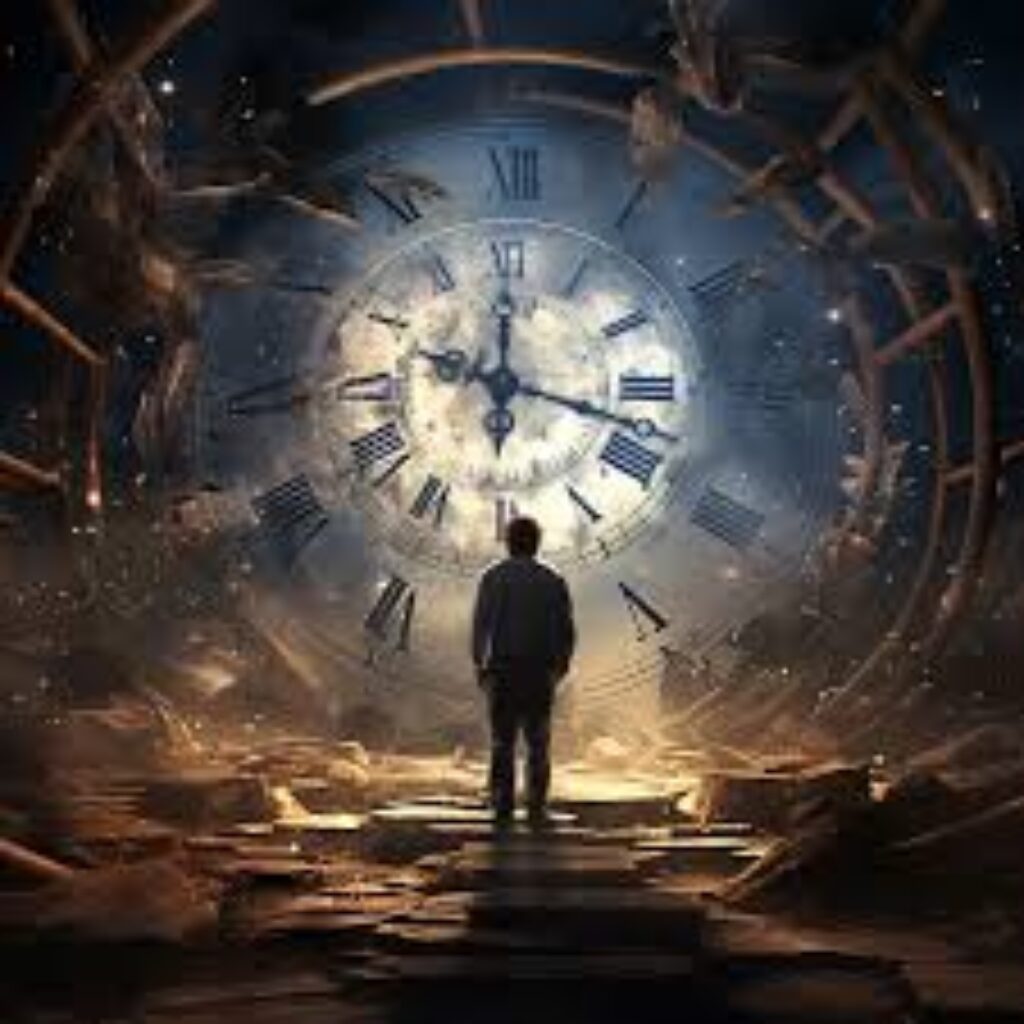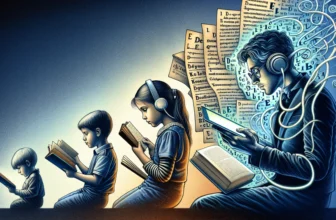
Our Understanding of Time Is Inaccurate – And Here’s Why
Time feels like one of the most concrete things in our lives. We measure it in seconds, minutes, and hours. We live by calendars and celebrate birthdays, anniversaries, and the New Year. But as it turns out, our understanding of time is far more flawed and fluid than we might think. From physics and biology to psychology and culture, many factors suggest that the way we perceive and measure time is, at best, a human-made illusion. Here’s why.
1. Time Is a Human Construct

Clock time—seconds, minutes, hours—is something humans created. It’s based on the Earth’s rotation and orbit, but dividing time into units is arbitrary. Before clocks existed, many societies measured time with the sun, moon, and seasons. Even today, not every culture experiences or values time in the same way. Western societies tend to treat time as linear and fixed, while other cultures, like many Indigenous ones, view time as cyclical or relational.
2. Physics Breaks Time Apart
Einstein’s theory of relativity showed that time isn’t a universal constant. Time can stretch and shrink depending on gravity and speed. For example, astronauts on the International Space Station age very slightly slower than people on Earth because of how fast they’re traveling. This phenomenon, known as time dilation, proves that time isn’t as stable as we once thought—it actually bends.
In fact, according to modern physics, past, present, and future all exist simultaneously in what’s called the block universe theory. In this view, the “now” is just a perception, not an objective feature of reality.
3. Your Brain Warps Time Constantly
Have you ever noticed how time seems to fly when you’re having fun, but drag during a boring meeting? Our brains don’t measure time like a stopwatch. Instead, they interpret it based on stimuli, attention, emotion, and memory.
- Fear or trauma can make time feel like it’s slowing down.
- Routine and repetition can compress time in memory.
- Novelty and emotional intensity stretch time out in our perception.
This is why childhood summers felt endless, but adult years fly by. Our brain logs fewer new experiences as we age, compressing our perception of time.
4. Our Biological Clocks Don’t Match the 24-Hour Day
Each person has an internal biological clock, called a circadian rhythm, which doesn’t always line up exactly with the 24-hour cycle. For many people, their natural rhythm is slightly longer—about 24.2 hours. This means without external cues like sunlight or social routines, we can drift out of sync with the day.
Some people, like extreme night owls, feel best when they sleep and wake later than what society deems “normal.” Yet we still force ourselves to fit into rigid time schedules that often conflict with our biology.
5. Time Zones and Daylight Saving Time Are Arbitrary

The concept of time zones didn’t exist until the 19th century. Before then, each town set its clocks by the sun. The creation of time zones was a practical decision made during the expansion of the railroad system. And daylight saving time? It’s a political decision that shifts time artificially twice a year—something many scientists argue should be abolished due to its negative impact on sleep and health.
This all highlights how our daily experience of time is more about social agreement than natural law.
6. Clocks Are Getting More Precise – But That Doesn’t Make Time More Real
Today’s atomic clocks are so accurate they only lose a second every few billion years. But even with that level of precision, time remains a measurement—not a substance. We measure what we think is passing, but in reality, we’re tracking motion, change, and relationships between events.
The more closely we look at time, the more it seems like a tool we use to understand change—not a fundamental force like gravity or electromagnetism.
Final Thought: Time Is a Lens, Not a Law
While it’s convenient to act as though time moves in one direction, at a steady pace, the truth is far messier. Physicists, neuroscientists, and philosophers alike continue to question whether time even “exists” in the way we think it does.
Instead of thinking of time as a rigid ruler that governs us, it may be more accurate to see it as a lens—something through which we experience reality, shaped by our minds, bodies, and environment.
So next time you glance at the clock and feel overwhelmed by the ticking seconds, remember: time might not be what you think it is.








